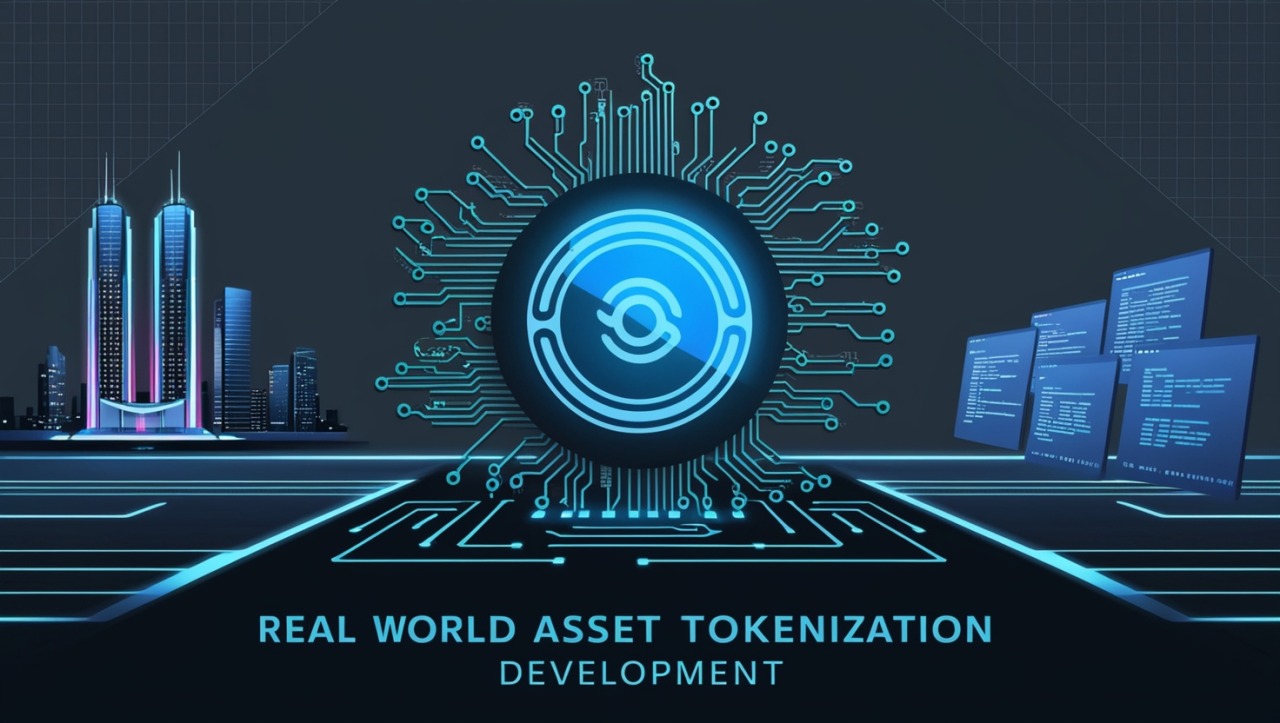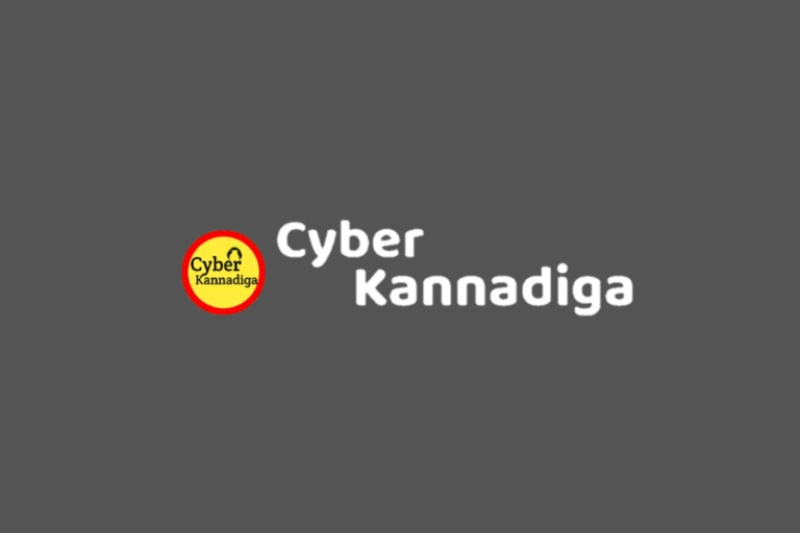The idea of owning a piece of the world around us is becoming a reality. No longer is ownership of high-value assets limited to a select few. With the advent of blockchain technology, tokenization is revolutionizing how we think about ownership. Tokenization allows real-world assets, such as real estate, art, and even collectibles, to be divided into smaller, tradable units. This process enables a more inclusive and accessible form of investment, where anyone can own a fraction of something once thought unattainable.
Blockchain and tokenization are changing the rules of the game. These technologies have made it possible to represent real-world assets as digital tokens, which can be bought, sold, and traded on various platforms. One of the most promising examples is the increasing use of tokenization in investment markets. As the world becomes more connected, even things like luxury real estate or expensive artworks are now accessible to anyone with a smartphone and an internet connection. The early-stage digital assets and the growing trend of the crypto presale 2025 market show just how rapidly this transformation is taking place.
What Is Tokenization and How Does It Work?
Tokenization refers to the process of converting ownership rights of a real-world asset into a digital token on the blockchain. These tokens are essentially digital representations of assets that exist in the physical world. For example, a piece of real estate worth millions of dollars could be tokenized into hundreds or thousands of smaller tokens. Each token represents a small fraction of the asset, allowing multiple investors to own a piece of the property.
Once tokenized, these assets can be traded, bought, and sold on decentralized platforms. Tokenization opens up previously inaccessible markets to a wider range of investors. Instead of needing large amounts of capital to buy a whole property or piece of artwork, individuals can now purchase fractions of these assets. This method democratizes access to wealth-building opportunities and enables people to diversify their investments in ways that were not possible before.
The blockchain technology behind tokenization ensures that each transaction is secure and transparent. Every action related to the tokenized asset is recorded on the blockchain, providing a clear and immutable history of ownership. This creates a trustworthy system where participants can verify ownership and the authenticity of the asset at any time.
Real-World Applications of Tokenization
The tokenization of real-world assets is already happening across various industries, and the potential applications are vast. One of the most prominent examples is the tokenization of real estate. In the past, investing in property required large sums of money, typically out of reach for many individuals. With tokenization, small investors can now buy shares of expensive properties, earning income through rent or property value appreciation without owning the entire asset.
Tokenized real estate platforms are emerging, where individuals can invest in a diverse portfolio of properties. This reduces the risk of putting all funds into a single property while enabling investors to access a global market of real estate. These platforms allow property owners to raise capital by selling fractional ownership, while investors gain exposure to real estate without the traditional barriers to entry.
Another area seeing growth is the tokenization of art and collectibles. High-value artworks have long been considered the domain of the wealthy. Now, art can be tokenized, allowing multiple people to own a portion of famous paintings, sculptures, and rare collectibles. These tokens can be traded, and the value of the artwork can be tracked in real time. This not only opens up art investment to a broader audience but also brings more liquidity to a market that was previously illiquid.
Even less traditional assets, such as intellectual property or patents, are being tokenized. With blockchain technology, the rights to these assets can be digitized and divided into smaller pieces, making them more accessible to investors. By tokenizing these types of assets, creators and innovators can raise funds without giving up full ownership, while investors can diversify their portfolios with unique and unconventional assets.
The Benefits of Tokenization
Tokenization offers a wide range of benefits for both investors and asset owners. One of the key advantages is increased liquidity. In traditional markets, many assets, like real estate or fine art, are illiquid, meaning they cannot be easily sold or traded. Tokenization breaks down these assets into smaller, tradable pieces, making it easier for investors to buy and sell fractional shares.
This liquidity also enables the creation of secondary markets for traditionally illiquid assets. For example, a tokenized real estate investment can be traded on a blockchain platform, allowing investors to exit their position without waiting for a buyer to purchase the entire property. This is a significant departure from the traditional process of selling property, which can be time-consuming and costly.
Another key benefit is accessibility. Tokenization opens up investment opportunities to people who might not have the capital to buy entire assets. Small investors can now own fractional shares of real estate, luxury goods, or even stocks. This democratizes investment, allowing more people to participate in markets that were previously reserved for the wealthy or institutional investors.
Furthermore, tokenization provides transparency and security. Every transaction is recorded on the blockchain, creating a transparent and immutable history of ownership. This can reduce fraud, as each transfer of ownership is easily verifiable. Blockchain’s decentralized nature ensures that there is no central authority that can manipulate or alter transaction records, increasing trust in the system.
Challenges and Considerations
Despite the many benefits, the tokenization of real-world assets is not without its challenges. One of the main concerns is regulatory uncertainty. The tokenization of assets, especially financial ones, often falls into a gray area in terms of legal frameworks. While some countries have embraced blockchain and tokenization, others have yet to establish clear regulations. This creates an environment of uncertainty, which could deter potential investors from entering the market.
Additionally, the legal aspects of tokenized assets can be complex. While blockchain ensures the security and transparency of transactions, the legal recognition of tokenized ownership is still evolving. In some jurisdictions, it may not yet be clear whether tokenized ownership of assets is recognized in the same way as traditional ownership.
Another consideration is the technology itself. While blockchain is a powerful tool for tokenization, it is still a relatively new technology that is rapidly evolving. The infrastructure for supporting tokenized assets needs to be further developed, especially in terms of scalability and efficiency. There are also concerns about the environmental impact of blockchain networks, particularly those that use proof-of-work consensus mechanisms, like Bitcoin.
Owning a Piece of the Future
Tokenization is transforming the way we think about ownership. It enables people to own a piece of everything, from real estate to fine art to intellectual property. With blockchain technology as the backbone, tokenized assets are providing new ways for people to invest and build wealth, breaking down traditional barriers to entry. The increased liquidity, accessibility, and transparency that tokenization offers will likely reshape many industries in the coming years.
While there are challenges to overcome, the potential of tokenization is immense. As technology continues to evolve and regulations become clearer, tokenization will likely play a central role in democratizing wealth and reshaping the investment landscape. In a world where owning a piece of everything is becoming a reality, the future of finance is becoming more inclusive and accessible than ever before.




